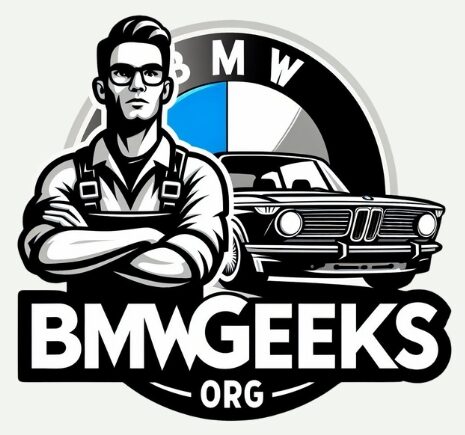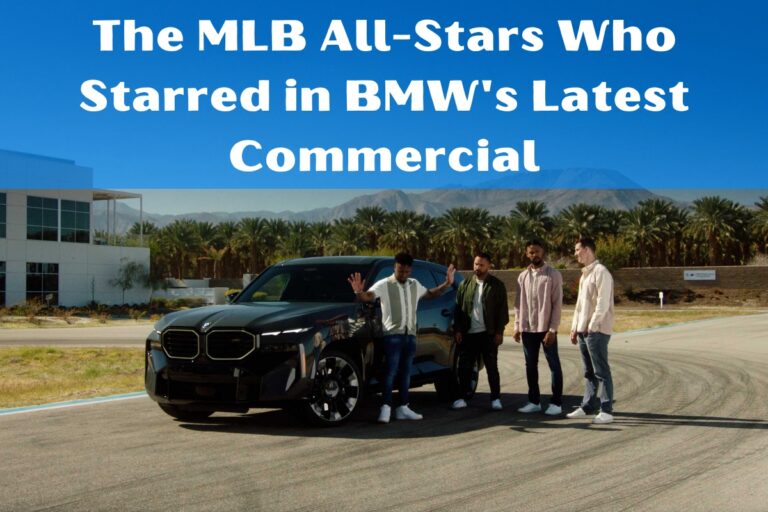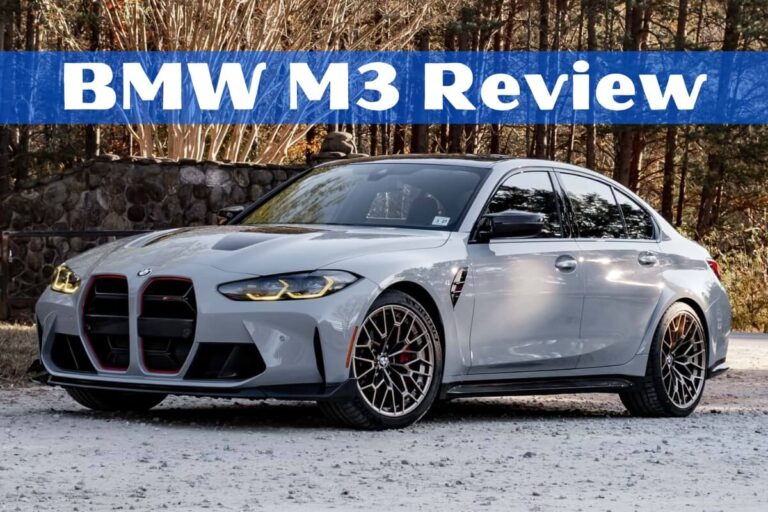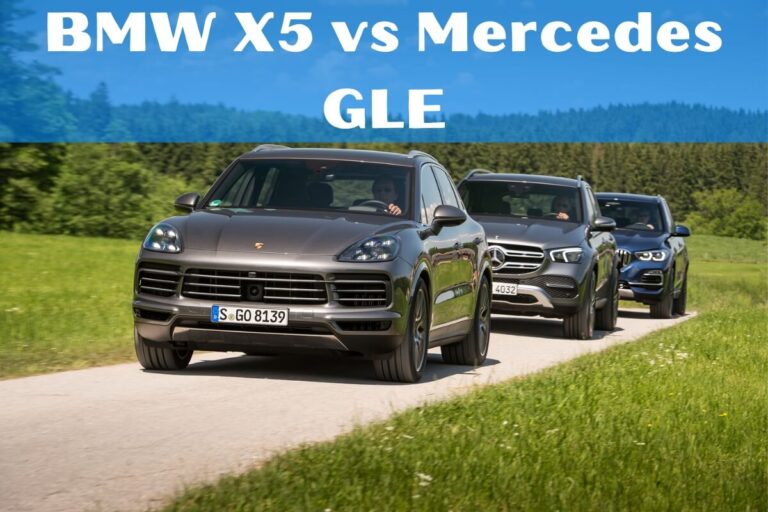Is Rolls-Royce Owned by BMW?

The short answer is yes, Rolls-Royce Motor Cars has been a wholly-owned subsidiary of BMW Group since 2003. However, the history behind this ownership is quite fascinating and involves a complex series of events. In this article, we’ll dive deep into the origins of the iconic Rolls-Royce brand, the various ownership changes it has undergone, and how BMW came to acquire and revitalize the company.
The Origins of the Rolls-Royce Brand
Rolls-Royce has a rich legacy dating back to 1904 when Henry Royce, a successful engineer, struck a partnership with Charles Rolls, an aristocrat and motor enthusiast. Their shared passion for innovation and perfection laid the foundation for what would become one of the most prestigious automotive brands in the world.
In the early days, Rolls-Royce earned a reputation for building vehicles of exceptional quality, power, and luxury. The company’s pioneering spirit and dedication to excellence set it apart, catering to the elite and affluent clientele seeking the finest automobiles money could buy.
Ownership Changes Over the Years
Despite its illustrious beginnings, Rolls-Royce’s journey has been marked by several ownership transitions. In 1971, the company faced financial difficulties, leading to its nationalization and the formation of Rolls-Royce (1971) Limited, which included the automotive division.
Two years later, in 1973, the British government decided to separate the automotive business, leading to the establishment of Rolls-Royce Motors. This new entity continued to produce luxury cars under the iconic Rolls-Royce and Bentley brands.
In 1980, Rolls-Royce Motors was acquired by Vickers plc, a British engineering conglomerate. Vickers’ ownership brought stability and resources to the company, allowing it to maintain its position as a leader in the luxury automotive segment.
BMW Enters the Picture
As the 1990s drew to a close, Vickers made a strategic decision to sell Rolls-Royce Motors. This move sparked intense interest from several major automakers, with BMW and Volkswagen emerging as the frontrunners in the bidding process.
Interestingly, BMW’s initial bid of £340 million was lower than Volkswagen’s offer of £430 million. However, a peculiar situation arose due to the separation of the Rolls-Royce brand name and logo from the automotive business.
The Terms of the Deal
While Volkswagen successfully acquired the physical assets, including the historic Crewe factory, the rights to the “Spirit of Ecstasy” mascot, and the iconic radiator grille shape, the Rolls-Royce brand name and logo were controlled by the separate aero-engine company, Rolls-Royce plc.
In a surprising twist, Rolls-Royce plc decided to license the brand name and logo to BMW for £40 million, largely due to existing business ventures between the two companies. This move effectively split the valuable Rolls-Royce assets between Volkswagen and BMW.
To address the potential supply chain issues, BMW and Volkswagen reached an agreement. From 1998 to 2002, BMW would continue supplying engines and components to Volkswagen’s Rolls-Royce vehicles. However, starting January 1, 2003, only BMW would have the right to name its cars “Rolls-Royce,” while Volkswagen’s former Rolls-Royce/Bentley division would produce vehicles under the Bentley brand.
Rolls-Royce Motor Cars Limited
In 2003, BMW officially launched its new subsidiary, Rolls-Royce Motor Cars Limited, establishing its headquarters and manufacturing facilities at the Goodwood Estate in West Sussex, England. This marked the beginning of a new era for the iconic brand under BMW’s ownership.
Since then, Rolls-Royce Motor Cars has introduced several highly acclaimed models, including the Phantom, Ghost, Wraith, Dawn, and the Cullinan SUV. These vehicles have combined the brand’s legendary craftsmanship and attention to detail with cutting-edge technology and engineering expertise from BMW.
The Impact on Rolls-Royce’s Brand and Perception
When BMW acquired Rolls-Royce, some enthusiasts and industry experts raised concerns about the potential dilution of the brand’s exclusivity and prestige. After all, Rolls-Royce had long been synonymous with ultra-luxury and limited production runs.
However, BMW has navigated this challenge skillfully, balancing increased production with maintaining the brand’s cachet. By leveraging its resources and manufacturing capabilities, BMW has made Rolls-Royce more accessible to a broader (yet still highly affluent) customer base while preserving the brand’s core values of craftsmanship, exclusivity, and bespoke customization.
The results speak for themselves. In recent years, Rolls-Royce Motor Cars has consistently reported record-breaking sales figures, with 2021 marking the highest annual sales in the company’s 117-year history, delivering 5,586 vehicles to customers worldwide.
Conclusion
The partnership between BMW and Rolls-Royce has proven to be a successful one, revitalizing the iconic British brand while maintaining its prestigious status in the luxury automotive segment. Through strategic ownership and careful stewardship, BMW has skillfully navigated the challenges of preserving Rolls-Royce’s heritage while ushering it into the modern era.
While ownership changes can sometimes be contentious, especially for brands with such a storied legacy, the BMW-Rolls-Royce relationship serves as a testament to the potential for successful brand collaborations when approached with respect, vision, and a commitment to excellence.






